By Amanda Rose Newton
If you’ve been gardening in Central Florida for a while, you’ve probably seen the word “mycorrhizae” on bags of potting mix, soil conditioners, and fertilizers like Espoma’s Bio-Tone Starter Plus. But what exactly are mycorrhizae, and why are they such a big deal for plant health, especially during the heat and stress of summer?
Let’s dig into it.
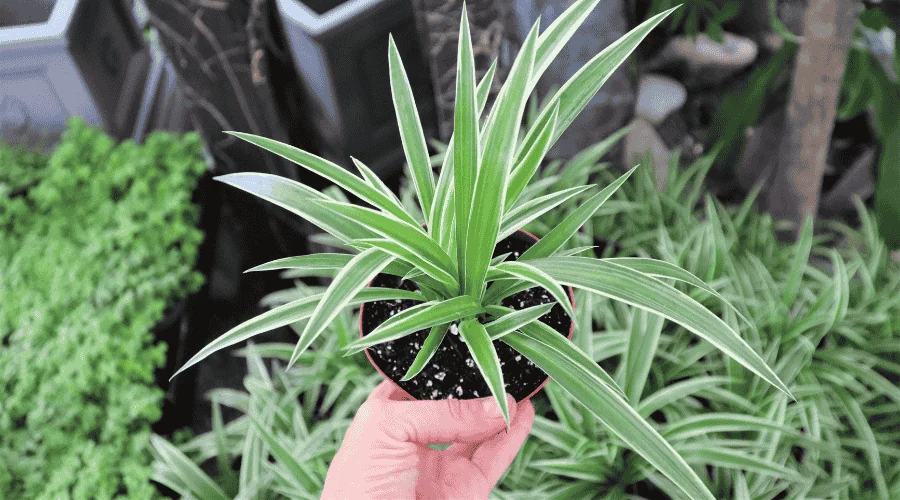
What Are Mycorrhizae?
Mycorrhizae (pronounced my-core-rye-zay) are beneficial fungi that live in a mutually supportive relationship with the roots of most plants. The word literally means “fungus-root,” and that’s precisely what it is. These tiny fungi attach to plant roots and extend far into the soil, helping plants access water and nutrients (especially phosphorus) that they otherwise couldn’t reach.
In return, the plant provides the fungi with sugars it produces through the process of photosynthesis. It’s one of nature’s most efficient partnerships!
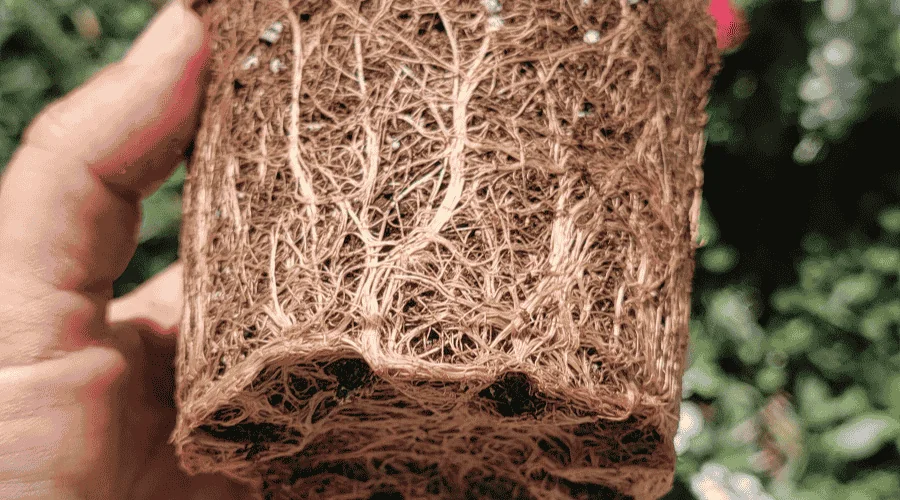
Why Do Mycorrhizae Matter in Central Florida?
With our sandy soils, intense summer sun, and sudden downpours, Central Florida can be tough on root systems. Mycorrhizae act like a natural root extender, helping your plants:
- Hold onto moisture longer (a lifesaver during dry spells)
- Access nutrients more efficiently, especially phosphorus and micronutrients
- Build healthier, stronger root systems
- Increase resilience to heat stress and transplant shock
Whether you’re planting veggies, flowers, shrubs, or trees, encouraging a healthy population of mycorrhizae in your soil is one of the best long-term investments you can make in your garden.
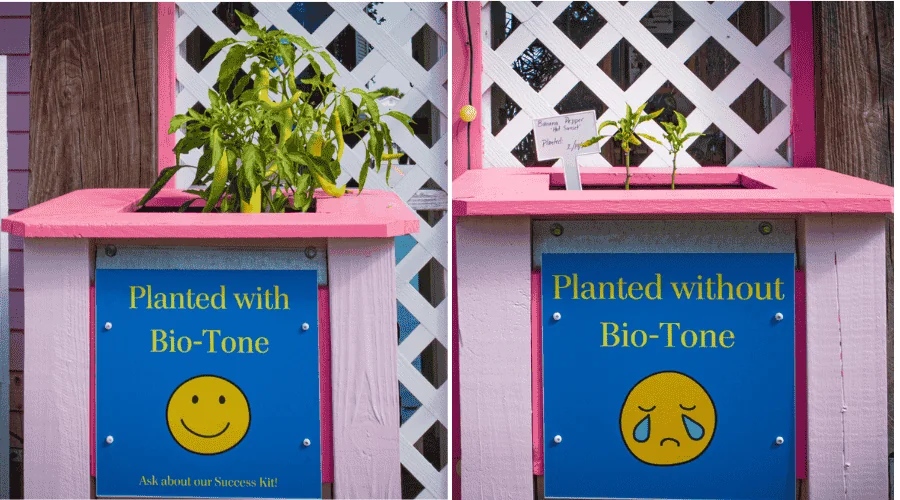
How to Support Mycorrhizae in Your Garden
Supporting mycorrhizae is all about feeding the soil, not just the plant. Here’s how:
1. Use Mycorrhizae-Enhanced Products Like Bio-Tone
Espoma’s Bio-Tone Starter Plus is a go-to product when planting anything new—from tomatoes to perennials to citrus trees. It contains both:
- Endo and ecto mycorrhizae (different types suited to a wide range of plants)
- Beneficial microbes and organic nutrients to jumpstart healthy soil life
Mix a small amount into the planting hole or around the root zone. It’s especially effective for transplants in the summer, when heat stress can otherwise slow growth.
2. Choose Summer-Friendly Hard Goods That Support Soil Life
In addition to Bio-Tone, look for other hard goods that create a hospitable environment for mycorrhizal:
- Composted cow manure or mushroom compost – These boost organic matter, which helps fungi thrive.
- Pine fines or peat-free soil conditioners – Lighten sandy soils while giving mycorrhizae room to grow
- Worm castings – Naturally rich in microbial life and gentle nutrients
- Mulch – A layer of organic mulch (like pine bark or shredded leaves) protects the fungal network from extreme heat and UV damage.
Avoid synthetic, high-salt fertilizers and excessive tilling, as both can disrupt or kill mycorrhizal populations.
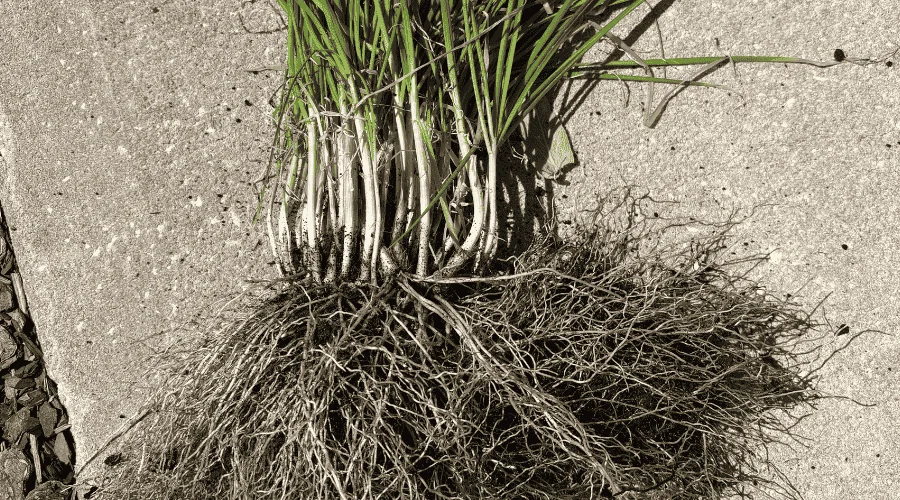
Summer Gardening Tip: Water Smart
Even with a healthy fungal network, proper watering remains crucial. Mycorrhizae help hold onto moisture, but it’s up to us to avoid overwatering or letting the soil completely dry out. Aim for deep, infrequent watering to encourage roots (and their fungal partners) to grow deep.
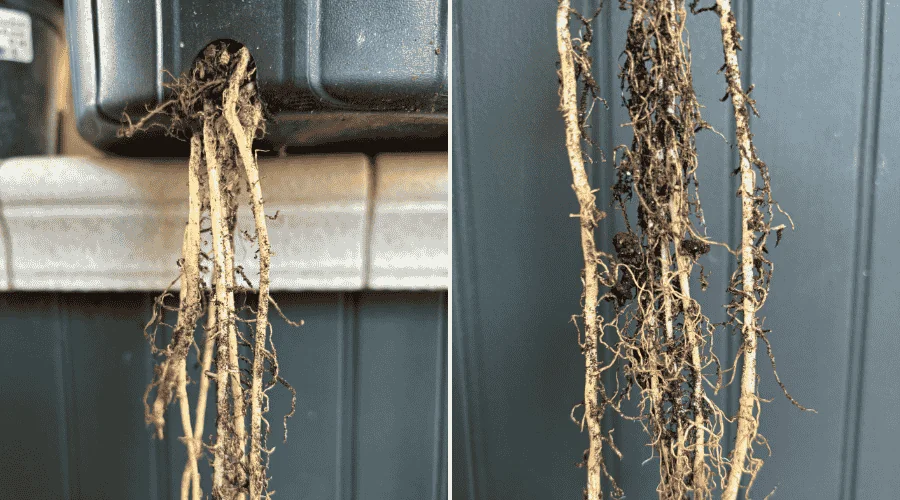
Stop by our Hard Goods section to pick up composts, soil conditioners, and all the root-friendly tools you need for a resilient summer garden. Whether you’re refreshing a flower bed or starting your fall tomatoes early, feeding your soil’s fungal network is one of the smartest moves you can make.


